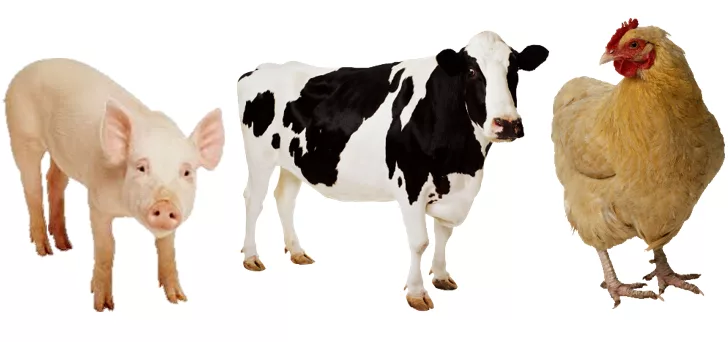We hear a lot today about antibiotic resistance. And for good reason, as antibiotic resistance is not only real, it’s a valid concern, both for human and animal health.
A World Health Organization official, when asked about antibiotics used in animals that produce food, has said, “If we lose that ability, we perhaps begin to lose the ability to have adequate food supplies in the world.”
Given that, I think it’s important for people to understand the basics about antibiotic resistance and have accurate information.
First, some perspective:
• Antibiotics have been used in farm animals for decades for the same reason they’re used in people – to treat, control and prevent disease in flocks and herds that cause pain and suffering. Consumers want meat, milk and eggs from animals that have been treated with the best care possible. When animals are sick and in pain, antibiotics are one of the most important tools veterinarians have to provide relief.
• There are other benefits of responsible use of antibiotics to treat pigs, cows, chickens and other animals raised for food, including a reduction in the amount of bacteria entering the food supply, which helps keep the food reaching our tables safer. And antibiotics used in agriculture have environmental benefits; sick animals consume more food and water over the long term than healthy ones.
• The Centers for Disease Control identified the most urgent and concerning public health threats from antibiotic-resistant bacteria and none have any relation to farm animals. On CDC’s broader list, which includes less urgent threats, only two of 18 involve bacteria associated with farm animals. Although there is scientific acknowledgement that the use of antibiotics in people is the primary driver of antibiotic resistance, we know antibiotics must be used responsibly in food animals to minimize agriculture’s contribution to antibiotic resistance, and that’s something the animal health industry, farmers and veterinarians are committed to.
So what is antibiotic resistance? Antibiotic resistance refers to bacteria that evolve to the point they are not easily killed by antibiotics, and is not to be confused with the other antibiotic “R” word: Residue, which refers to molecules that remain in meat from animals that have been treated with antibiotics.
One important note about antibiotic residue: There are multiple systems in place to ensure meat is safe, including mandatory antibiotic withdrawal periods in animals before processing and routine testing of meat by the Department of Agriculture and food companies to ensure no unsafe residue in meat.
Many resources are available to learn more about antibiotic resistance. One I came across recently, and like, is www.KSUAntibiotics.org, sponsored by Kansas State University.
The Kansas State animal science department launched www.KSUAntibiotics.org last November. While intended for livestock producers to learn about antibiotic resistance and alternatives to antibiotics, I think one of its fact sheets, “How Bacteria Become Resistant to Antibiotics,” is a resource not only for producers but also for anyone interested in learning more about antibiotic resistance.
Antibiotic resistance is a scientifically complex subject, which the Kansas State fact sheet does an excellent job of explaining, complete with two illustrations that are easy to follow and help to explain how antibiotics work and resistance develops.
I, too, am available to answer questions you may have about antibiotics, resistance and any other antibiotic-related or food animal care topic. As I said in December’s blog, when it comes to responsible antibiotic use, veterinarians, farmers, medical doctors and public health experts are all in this together. We have to be on the same team for the sake of human health and animal health.
I welcome your thoughts and questions. Please feel free to send me an email at AskDrDorman@pahc.com or call me at 844-288-3623. You can also browse our Resource Library to learn more about this important topic.
